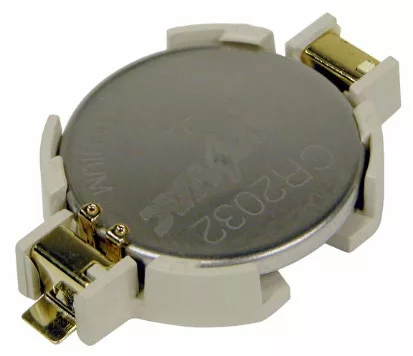 MPD’s CEO, Daniel B Lynch Sr, explains how the battery holder industry is being influenced by trends shaping its future direction and impacting purchasers.
MPD’s CEO, Daniel B Lynch Sr, explains how the battery holder industry is being influenced by trends shaping its future direction and impacting purchasers.
Technology advancements:
The industry is moving towards adoption of solid- state batteries, which offer a significant improvement over traditional lithium-ion batteries regarding energy density and safety. Solid- state batteries are expected to be lighter, smaller and have a higher energy capacity, suiting them to a wider range of applications including electric vehicles, electronics and renewable energy systems.
Materials challenge and alternatives:
The traditional lithium-ion batteries, which have been the standard, are facing challenges due to the high demand and cost of materials like cobalt. This has led to the exploration of alternative materials, such as lithium iron phosphate (LFP) batteries, which use cheaper materials but at the cost of reduced energy density. There is also growing interest in nickel- metal hydride (NiMH) batteries, particularly for their application in hybrid and plug-in EVs due to their longer battery life and range.
Market impact:
These advancements and shifts in technology are affecting the battery holder market. Battery holders, which
are essential for housing and connecting batteries in devices, are seeing increased demand in sectors like automotive, military and medical due to the rising use of advanced batteries. The shift towards electric vehicles has significantly increased the demand for battery holders, as companies like Tata Motors and MG Car Company have introduced new electric vehicles in markets like India.
Market segmentation and growth:
The battery holder market is segmented by product types like AA, AAA and coin battery holders, plus applications across various end-user sectors like consumer electronics, automotive and industrial. This segmentation is crucial for understanding consumer interests and purchasing preferences, helping companies make better business decisions and focus resources on market segments that align with their goals. Given these trends, companies in the battery holder industry need to consider several factors in their strategic planning:
R&D investment:
Companies should invest in research and development to align with the shift towards advanced battery technologies like solid-state batteries.
Material alternatives:
Exploring alternative materials for battery manufacturing can help mitigate supply chain risks and reduce costs.
Market adaptation:
Adapting products to suit the changing needs of sectors like automotive and consumer electronics, which are rapidly evolving with new battery technologies.
Regional market analysis:
Understanding regional market dynamics and tailoring strategies to different geographic areas, considering the varying demand and regulatory environments. Overall, the battery holder industry is at a crucial juncture where technological advancements in batteries are creating new opportunities and challenges, requiring companies to adapt and innovate to stay competitive and meet the evolving needs of the market.
